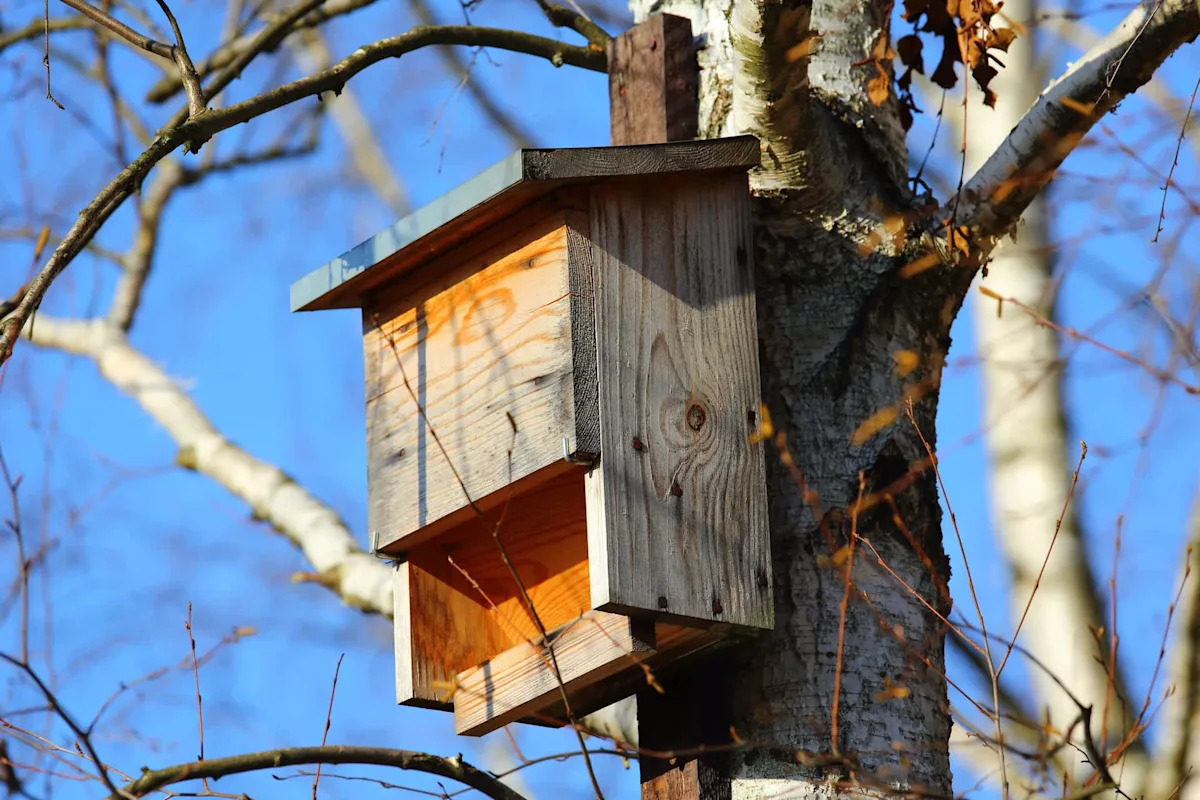Bat boxes originally meant to keep the small mammals warm during the winter months could just as easily become their deathbeds during the summer.
Researchers from the University of New England did a study into the effects of overheating on animals…

Bat boxes originally meant to keep the small mammals warm during the winter months could just as easily become their deathbeds during the summer.
Researchers from the University of New England did a study into the effects of overheating on animals…